This is because in early 1935, the battle-weary Red Army held a meeting in Zunyi that would change the course of history.
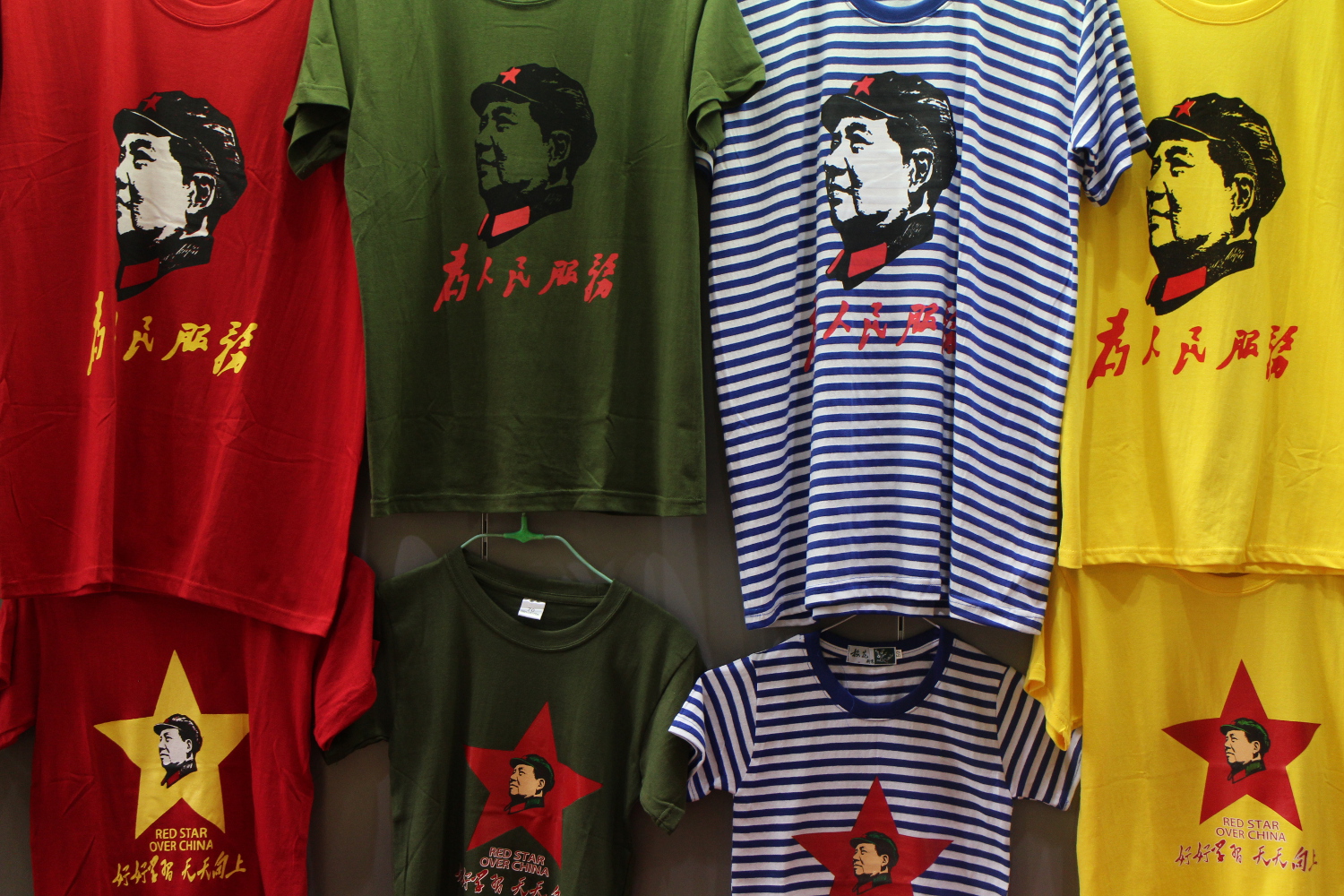
It was during the fabled Zunyi Conference that Chairman Mao Zedong negotiated his way to the emerging Communist party's top spot. Today, with China more market-orientated than Marxist, this small Guizhou town is keen to exploit its red credentials, catering to the troops of sightseers now on the march across China.
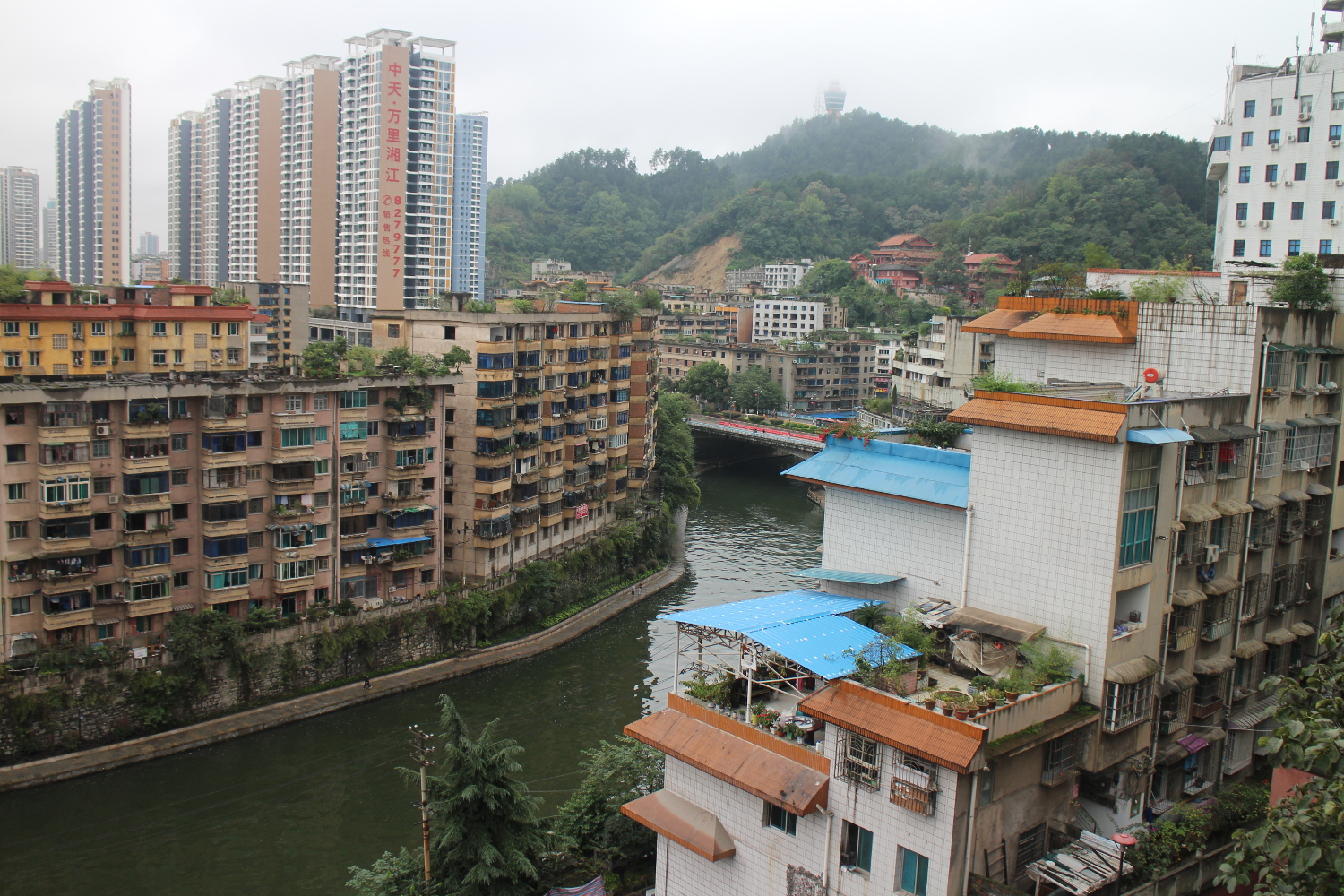
The first impression one gets of Zunyi bespeaks little of its revolutionary heritage. This is a thriving market town, a place where farmers (often clad in the traditional attire of their ethnic minority) sell crafts on the street corners beside liquor stores that proudly display locally made Moutai – a firewater spirit that’s well-known all over China.
In the middle of the old town, Xiangshan is a lively temple edged into a steep slope. It’s a tough climb but worth the ¥15 admission fee for panoramas of Zunyi’s cluttered cityscape: apartment blocks and forested outcroppings viewed to the soundtrack of Buddhist incantation.
The banks of the jade-coloured Xiang River, where locals still swim, afford walkers a serene passage through town, one shielded from the constant honking of motorbikes pervasive elsewhere. There are even a few waterside cafés here where you can order a pot of tea and take in Guizhou’s celebrated birdlife, which inhabits the shores and surrounding forest.
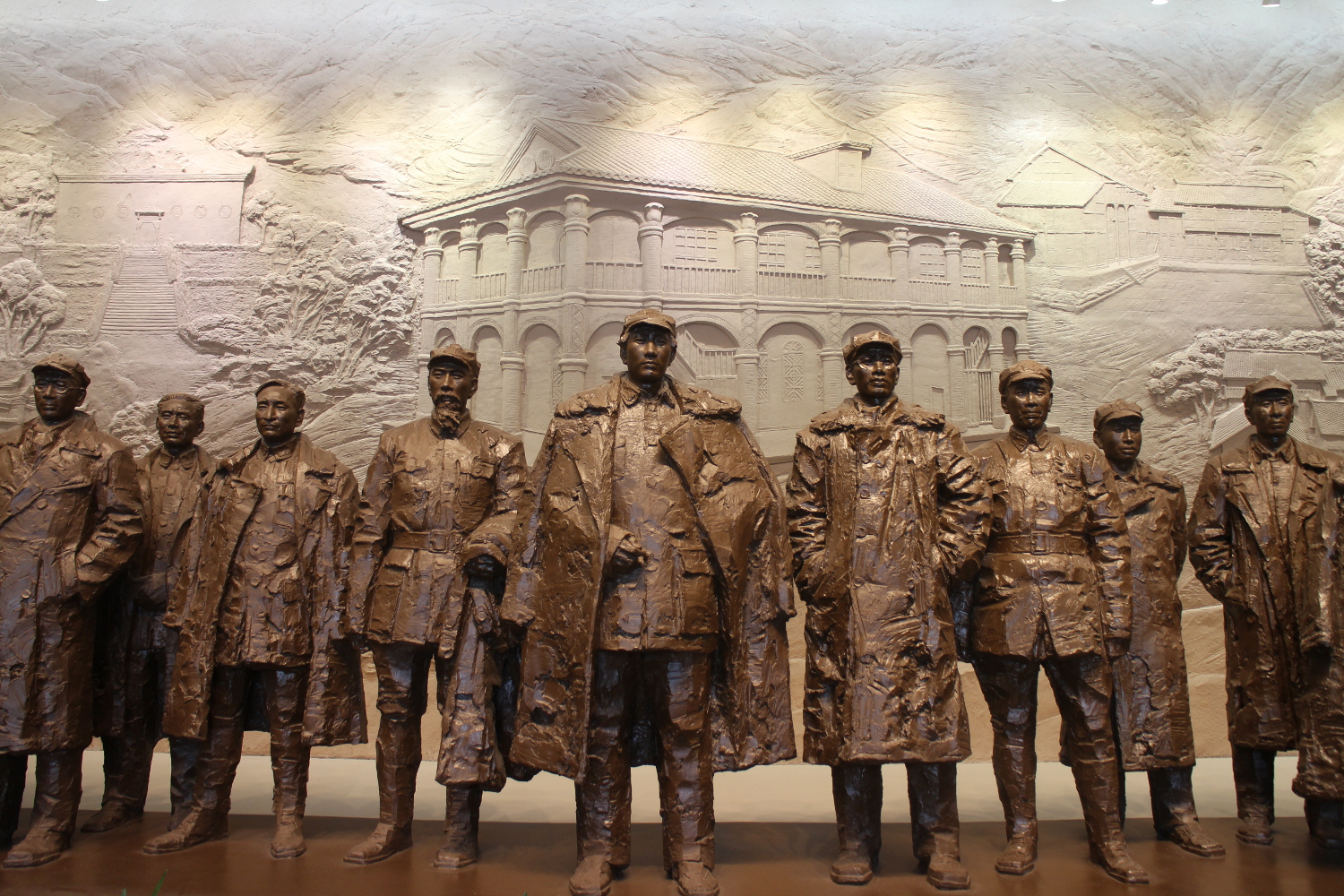
The bulk of revolutionary monuments are in a plush neighbourhood lined by boutiques and brand name stores.
As Zunyi is a national patriotic site, tickets are free and can be obtained just outside the principle draw, the Zunyi Conference Site. Exploring this meticulously preserved former merchant’s house is a haunting experience. The woody smell of old furnishings pervade the lodgings. Bedrooms are left to appear as they would have, with neat uniforms folded on beds. A rifle and tin mug are the only articles belonging to a soldier of the people. Peering though the windows is like accessing a time porthole to an age when the People’s Republic was merely the dream of a ragtag few. It’s strange to think Mao and company were once holed up here debating their recent military defeats.
Standing opposite the Conference Site is the imposing Zunyi Meeting Memorial Museum. Inside, you get a better idea of Zunyi’s significance in modern Chinese history. Zunyi was a juncture on the Long March, a 6,000 mile footslog the embattled Reds made through some of China’s remotest regions. The yomp has become the stuff of legend in China, eulogised in television dramas, films and books. Leaders of a certain generation are said to have “long march credentials”. Even Chinese space rockets are named after the Long March.
Despite limited English signs, the exhibition provides a comprehensive, if slightly one-sided version of events. There are evocative old photographs of party leaders, including Zhou Enlai and Zhu De, who would later assume key roles in the governance of China. Wax models recreate famous skirmishes while mighty frescos depict China’s socialist forebears as superhumanly heroic.
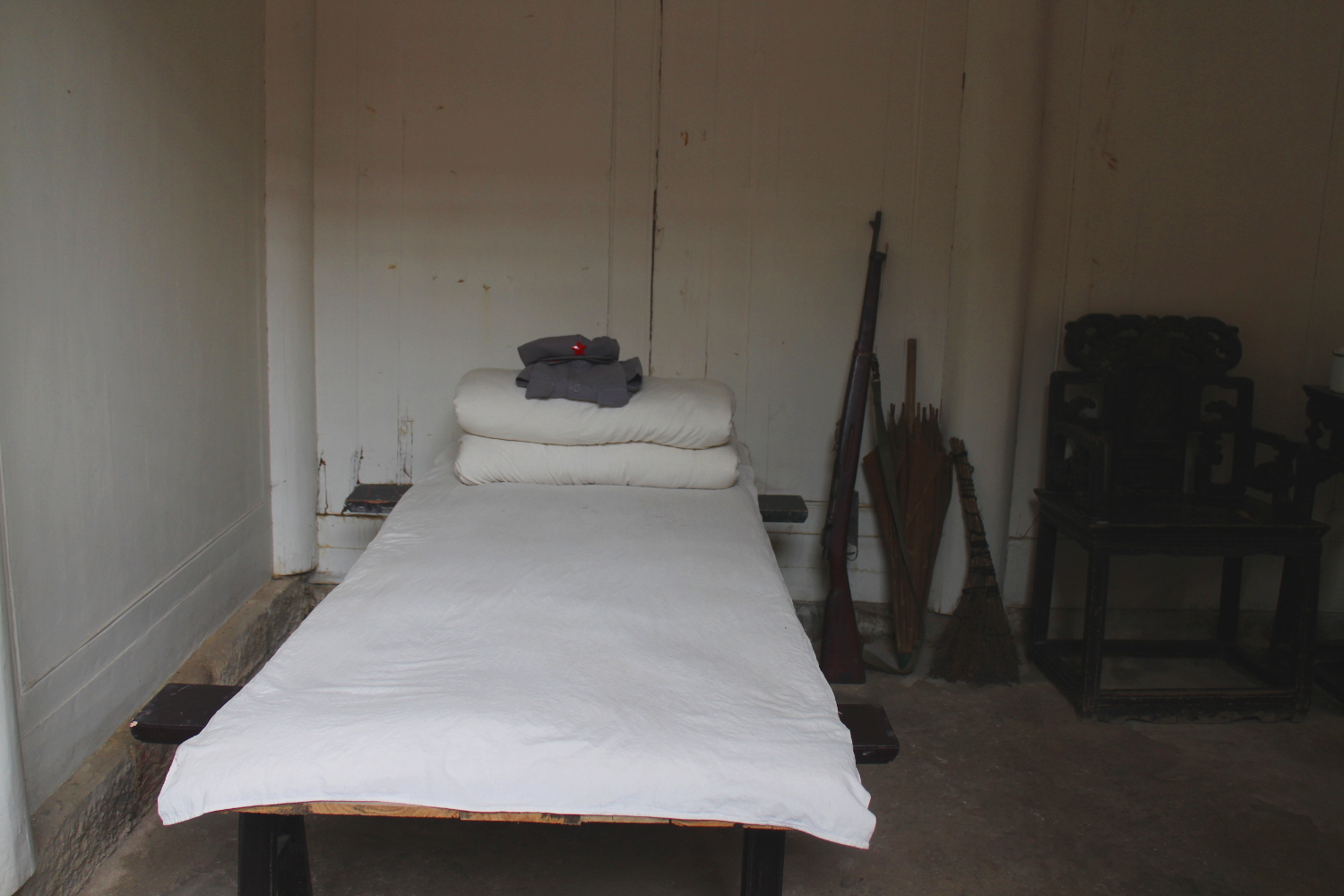
Nowadays the pomp of socialist realism has largely been replaced by the melding power of mass consumption. And Communist iconography is not exempt from modern entrepreneurial zeal. This is evident on the museum’s second floor where a gift shop is selling all kinds of Mao-related tat: badges, clocks, cigarette lighters, bags and t-shirts.
Just behind the museum, one finds other points of historic interest along Red Army Street, an old neighbourhood restored in the 1980s. There’s the Soviet State Bank, said to be the first of its kind in China. Deng Xiaoping, who would later reverse many of Mao’s policies, was one of the long marchers and you can visit his old bedroom. There’s also the Residence of Bo Gu, the general leader of the CCP at the time of the conference, the Red Army General Political Department and, curiously, a catholic church established by French missionaries.
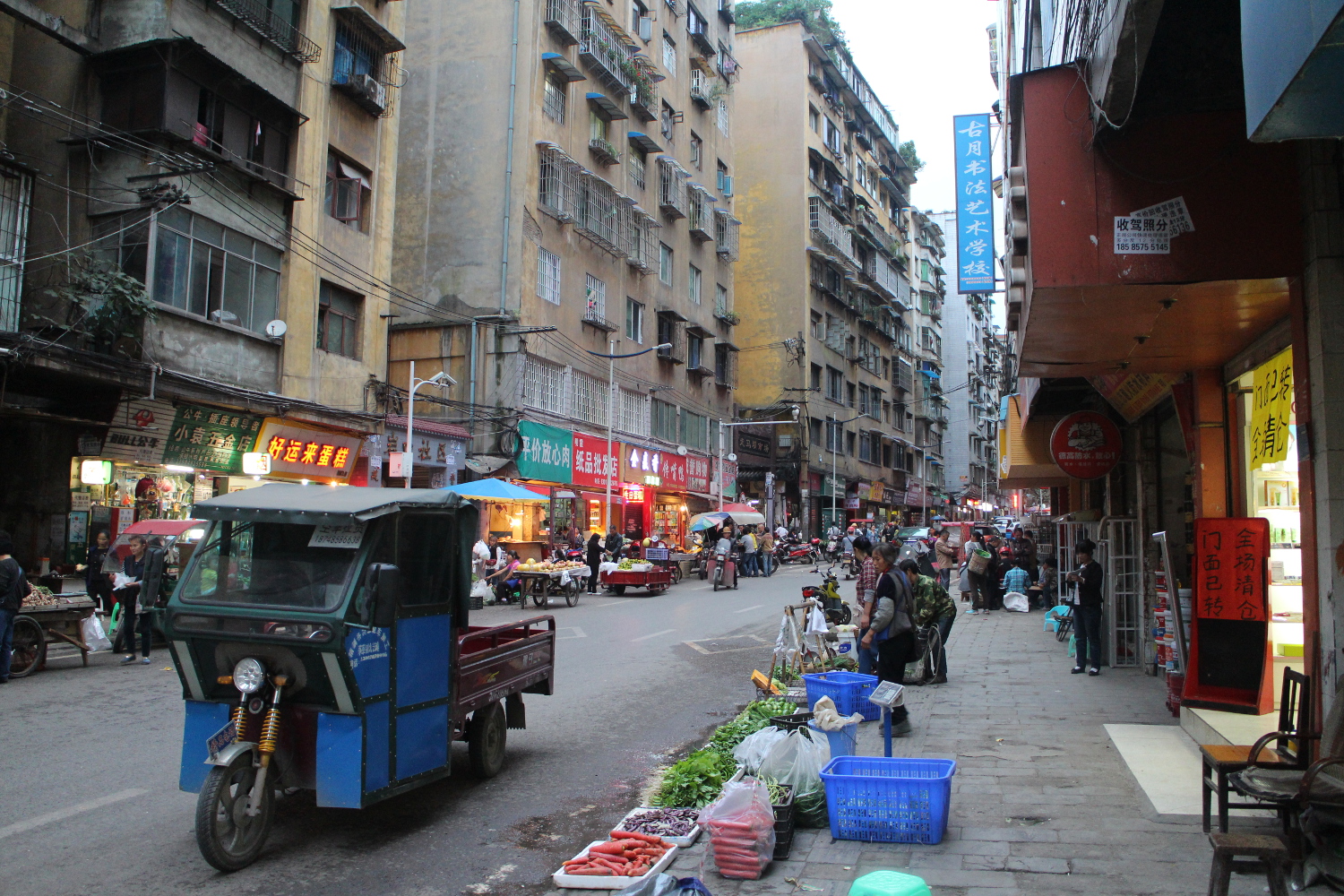
Sandwiched between these sites, modern China is emerging in all its mercantile splendour. There’s a 1930s-themed plaza dubbed Fashion Red Square. And the route to Revolutionary Martyrs Cemetery is lined with socialist-themed tourist stalls hawking snacks and gimmicky souvenirs.
The tour is completed in Phoenix Park, when one climbs countless steps up Fenghuang Mountain to be greeted by a soviet monument bearing a hammer and sickle. Thankfully, back in the Old Town the Communist-themed Red Romance Bar is a place to kickback over a class of Moutai and a verse or two of The East is Red.
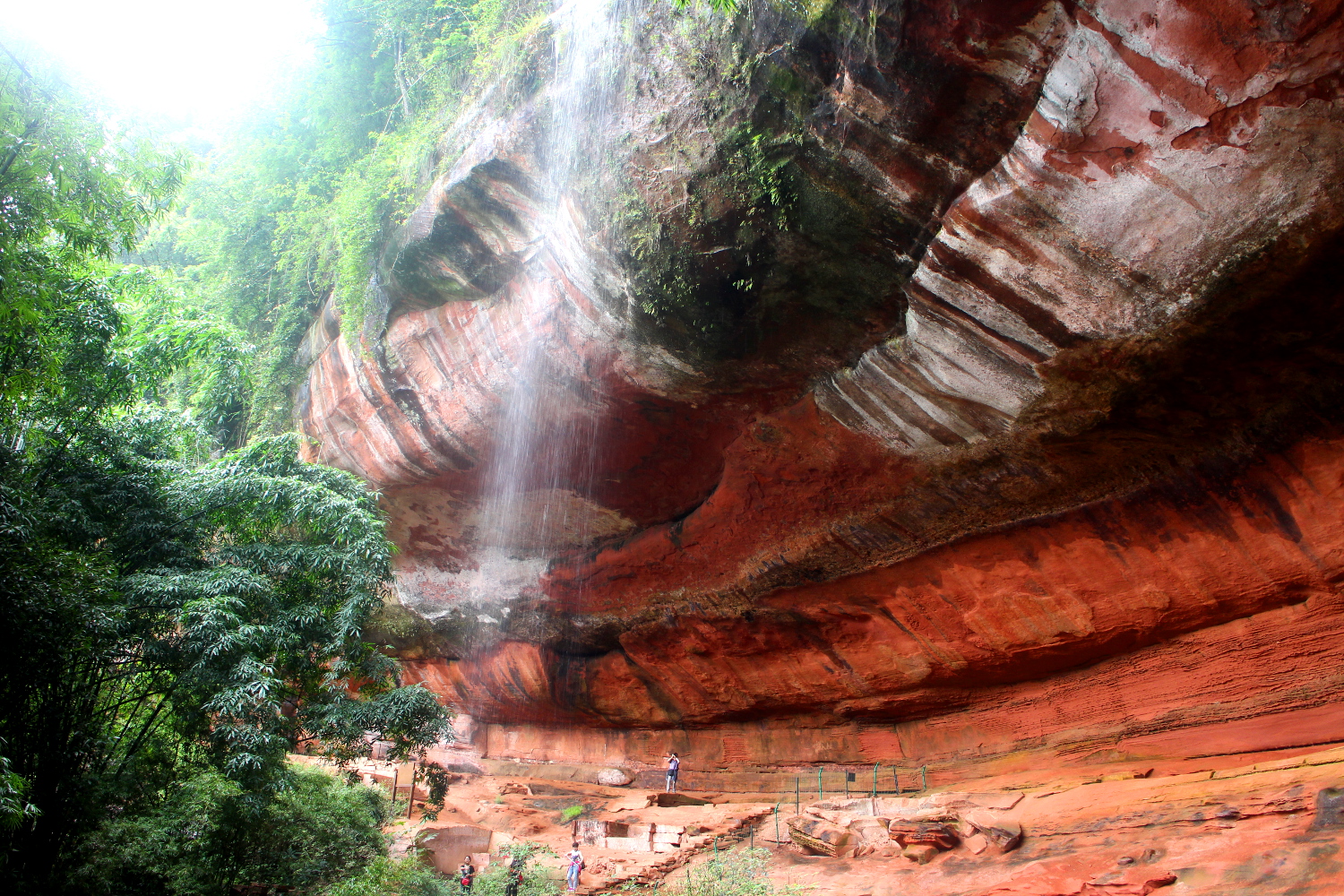
A day or so is all you need to get your fill of Mao and Moutai. But Zunyi has more than Mao-stalgia on its menu. Several hours northwest is Chishui, hitherto a solitary river town bordering Sichuan province. It too is keen to cash-in on the tourist revenue newly constructed roads can deliver. The town is now festooned with guesthouses and restaurants and enough billboard illuminations to rival Hong Kong.
What Chishui hopes will attract travellers is also red: the soil deposits transported over four thousand regional waterfalls taint Chishui’s manifold rivers and streams crimson. The surrounding virgin forests are said to date back the Jurassic period, as the occasional cartoonish dinosaur statue reminds hikers.
The outlying countryside has been developed into various scenic spots and reserves. The 76-metre-long Shizhandong Waterfall is the largest in the area and the second highest in the province, and is considered the must have Chishui photo. But the Red Rock Gorge and Jinshagou Nature Reserve offer far more rewarding hikes through the prehistoric forests.
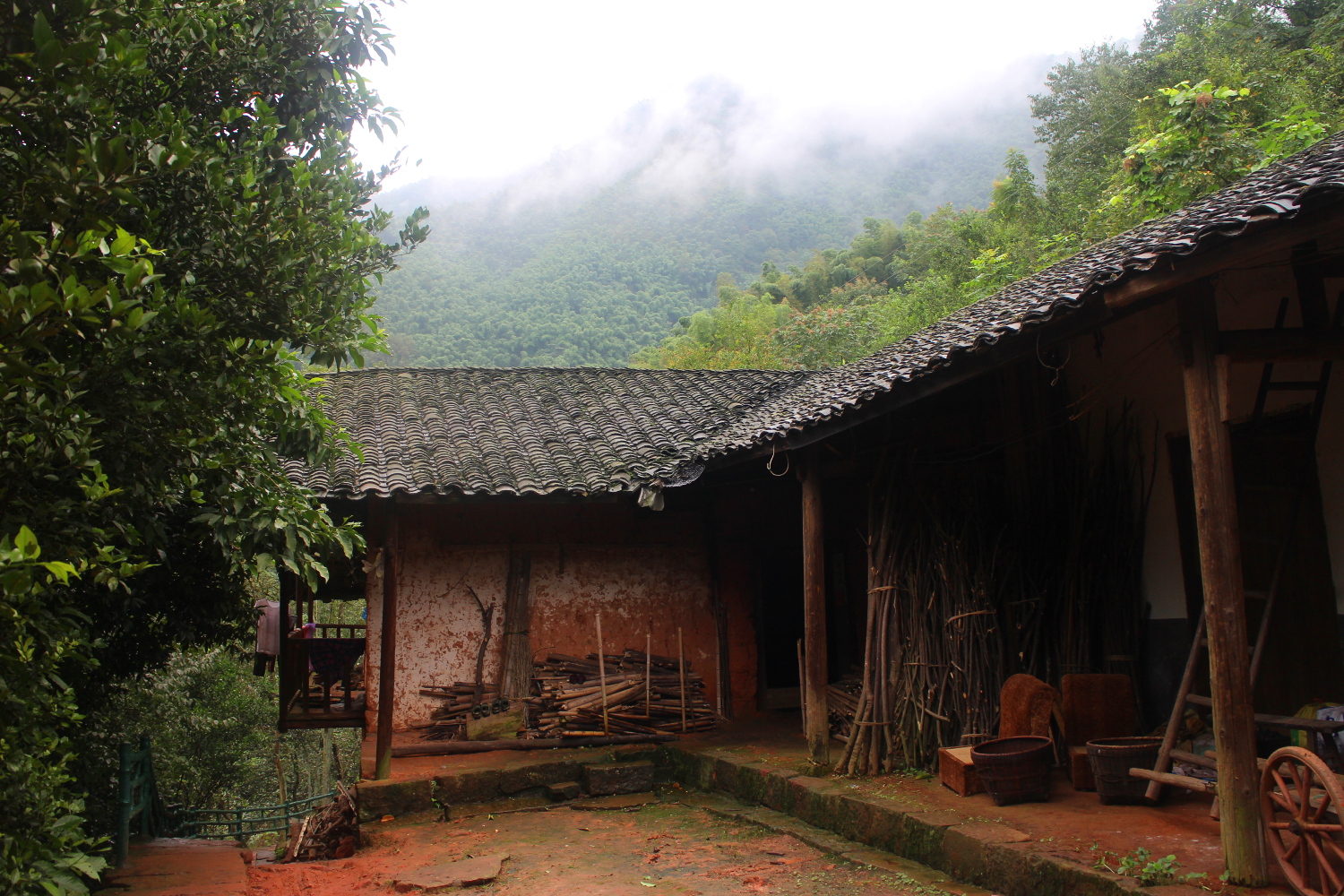
Treading over remote stone paths, past isolated farmhouses in a forest unchanged for eons, is a cathartic experience. China may have shed blood as it transformed through its tumultuous twentieth century, but the farmers toiling in the terraced paddy fields of Chishui persist as they have for centuries, while the surrounding ecosystem predates humankind altogether. The staggering danxia rock formations, many millions of years in their creation and utterly beautiful to behold, serve as reminder that that the politics of man can feel nominal when compared with the earth’s own life-sustaining, long march.
The Chongqing–Guiyang High Speed Railway stops at Zunyi East station. There are several daily buses from Guiyang to Zunyi and Chishui. Zunyi also has daily buses to Chishui. Chongqing and Chengdu operate bus services to Zunyi and Chishui.